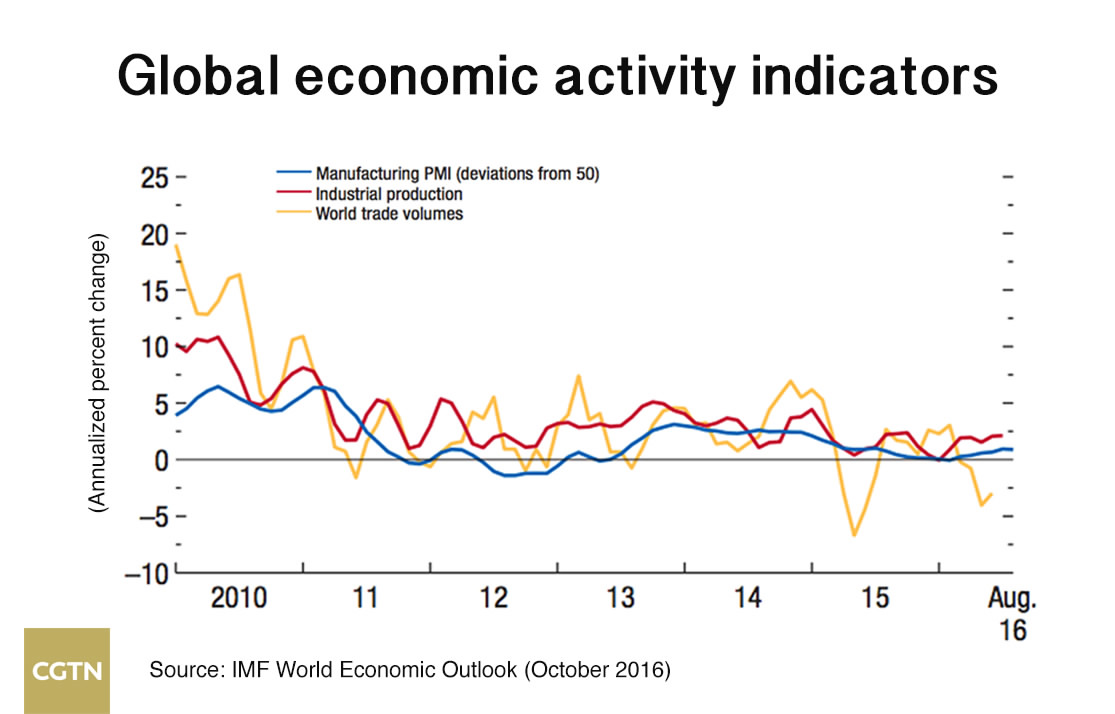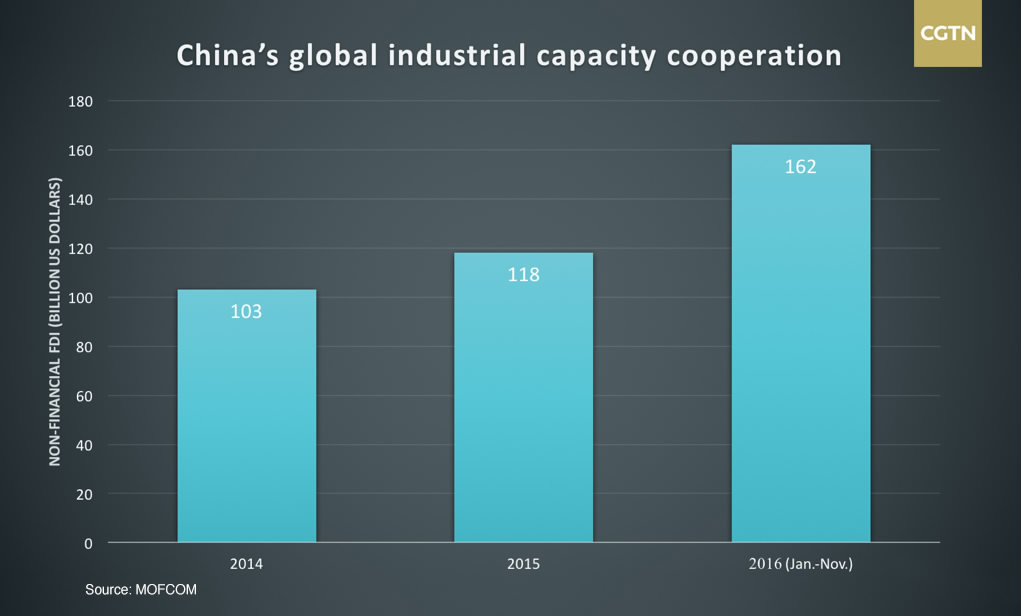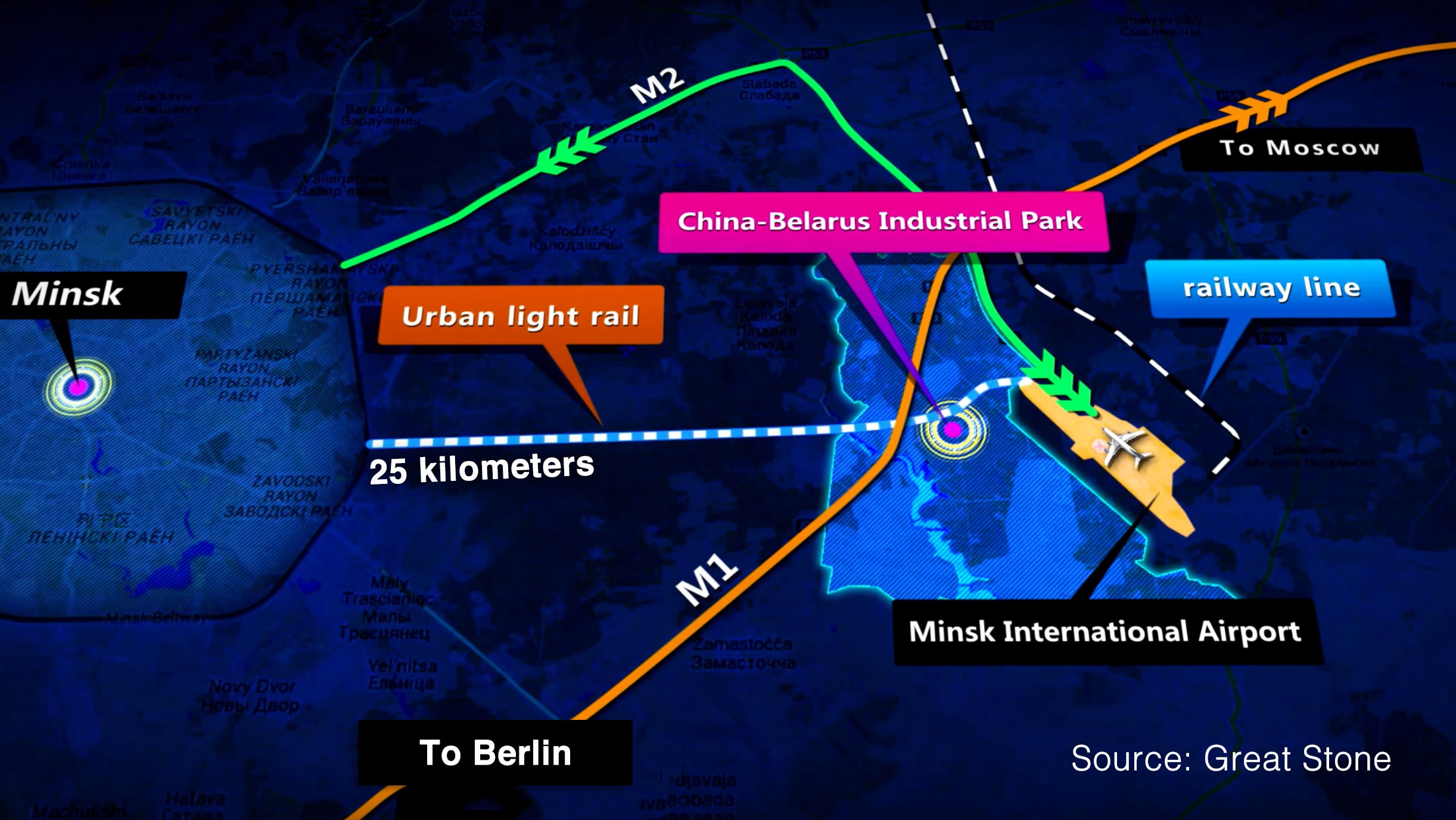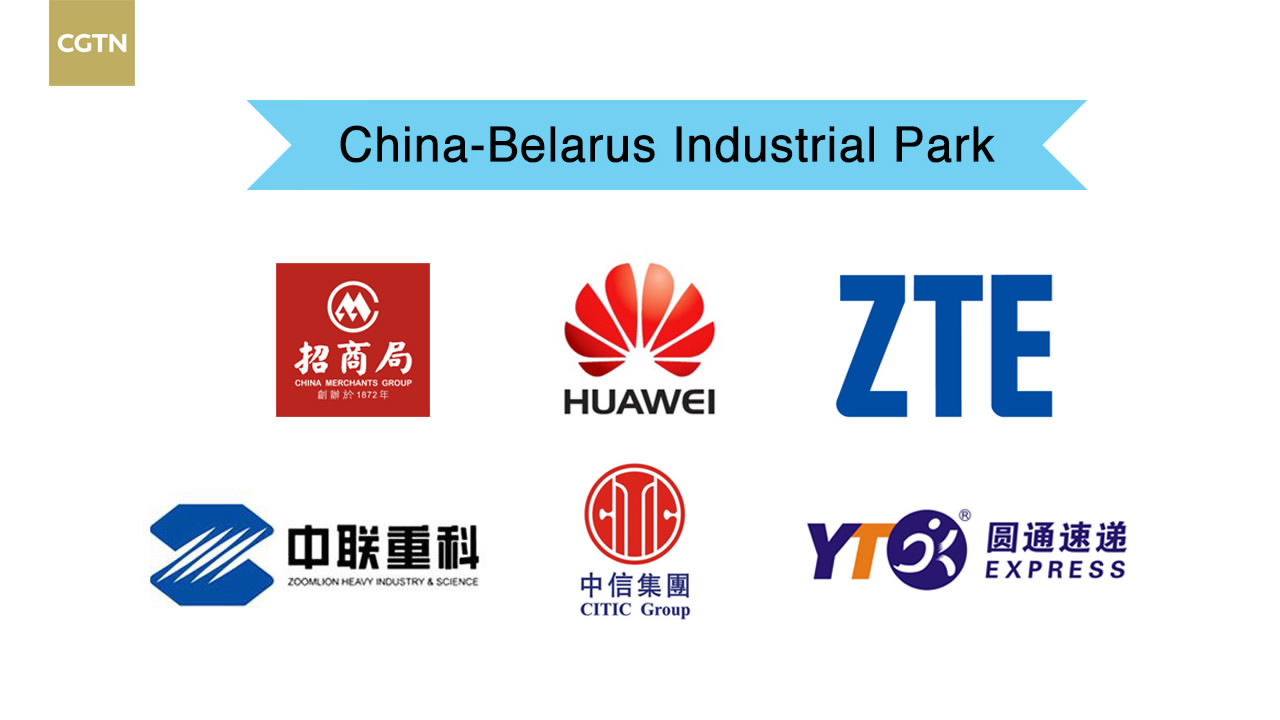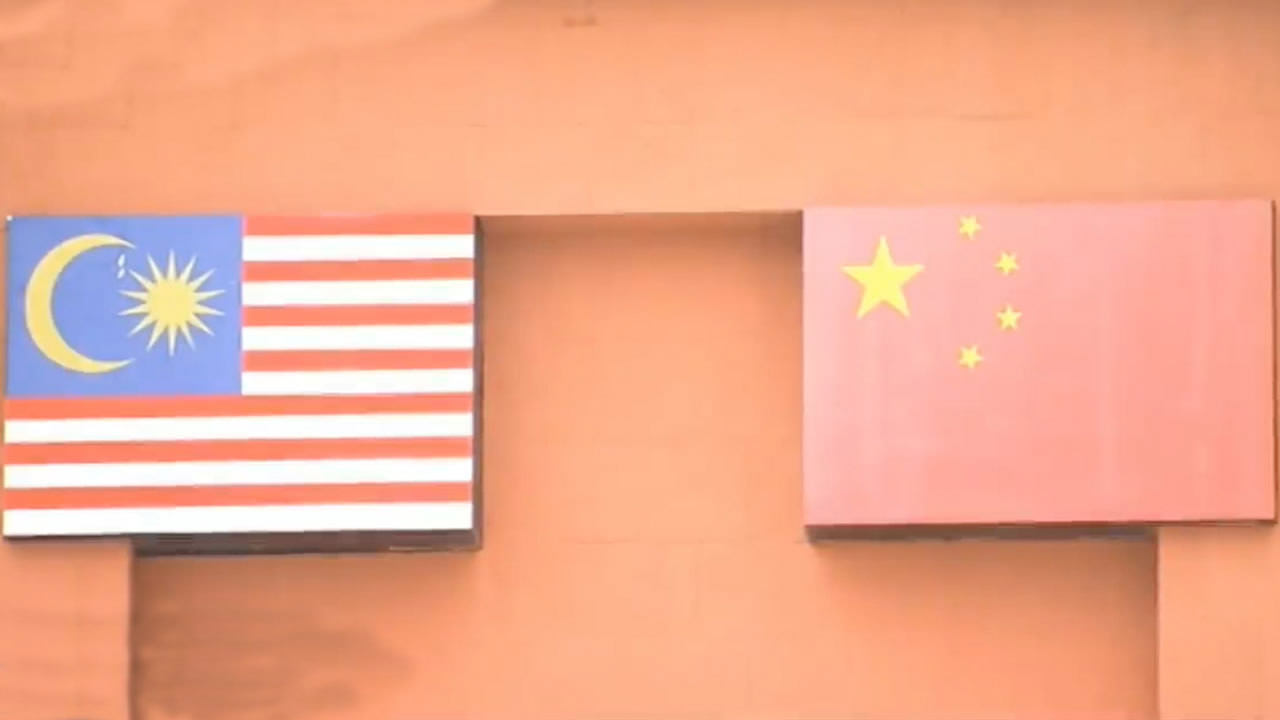Against the backdrop of an unbalanced global economy and anti-globalization movement, China’s Belt and Road Initiative is helping rebalance the world economy as well as promote “inclusive globalization” through the country’s industrial capacity cooperation with countries in an intercontinental trade and infrastructure network.
Over the last three years, China has signed industrial capacity cooperation agreements with more than 20 countries in the network. It has built 52 economic and trade cooperation zones in 18 such countries, creating over 1 billion US dollars of tax revenue and more than 160,000 jobs in these countries, according to the Chinese Ministry of Commerce.
With a favorable investment climate, these zones are attracting more and more Chinese enterprises to run business abroad. Key zones include the China-Belarus Great Stone Industrial Park along the Silk Road Economic Belt and the China-Malaysia Kuantan Industrial Park on the 21st Century Maritime Silk Road.
Pearl of the Silk Road Economic Belt
The China-Belarus Great Stone Industrial Park is the pearl of the Silk Road Economic Belt, bridging industrial developments of Europe and Asia. It is built at the junction of the Eurasian Economic Union, the European Union and the new Silk Road. With distinctive geographical advantage, it is a beachhead for China to enter the European market.
The park is located on the outskirts of Minsk, the capital of Belarus. It is close proximity to Minsk National Airport, railway lines and the Berlin-Moscow transnational motorway, which can help enterprises in the park optimize time and transportation costs when exporting goods to neighboring markets with a population of over 170 million people.
Great Stone is the largest China-Belarus project, covering 91.5 square kilometers. With the most preferential policies for investment, resident companies are granted land use for 99 years and 10-year exemption of taxes, followed by another 10 years of half tax reduction. The products in the Park can also access the markets of the Eurasian Economic Union free of duty.
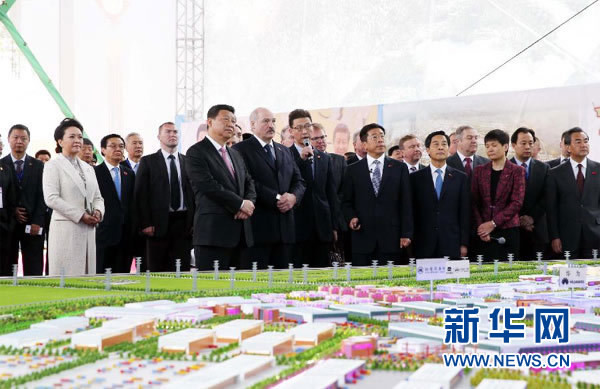
Accompanied by Belarusian President Alexander Lukashenko, Chinese President Xi Jinping visited the construction site of the China-Belarus Industrial Park on May 12, 2015. /Xinhua Photo
Accompanied by Belarusian President Alexander Lukashenko, Chinese President Xi Jinping visited the construction site of the China-Belarus Industrial Park on May 12, 2015. /Xinhua Photo
Great Stone is China’s largest overseas industrial park. Launched in 2014, it has concentrated on electronic information, bio-pharmaceuticals, the fine chemical industry, high-end manufacturing and logistics. At least a dozen leading Chinese firms have established offices inside the park, in sectors such as banking, logistics, and telecommunications.
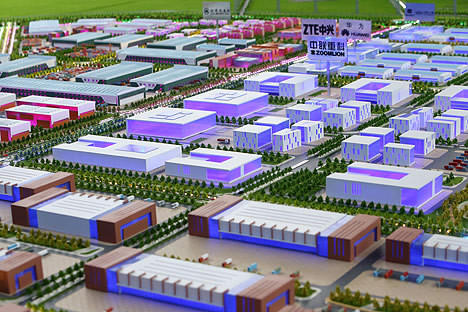
The model shows part of the China-Belarus Great Stone Industrial Park, where China’s first resident companies are located. /Great Stone Photo
The model shows part of the China-Belarus Great Stone Industrial Park, where China’s first resident companies are located. /Great Stone Photo
Two countries, twin industrial parks
The China-Malaysia Kuantan Industrial Park in Malaysia is a demonstration project on the 21st Century Maritime Silk Road. It is one of the first twin industrial parks worldwide reciprocally set up in two countries. The other one is the China-Malaysia Qinzhou Industrial Park in China.
The Kuantan Industrial Park was launched in 2013 with investment of around 3.4 billion US dollars. It is the first in Malaysia to be jointly developed with China. It has targeted investment in energy-saving and environment-friendly technologies, alternative and renewable energies, high-end equipment manufacturing and the manufacture of advanced materials.
The park sealed new investment worth 395 million US dollars on May 31, 2016, with about 40 percent of the sum from China’s Guangxi Investment Group Co. in an aluminum component manufacturing facility. Moreover, a plant to produce high-carbon steel and H-shaped steel is to open in 2017, with an annual production capacity of 3.5 million tons.
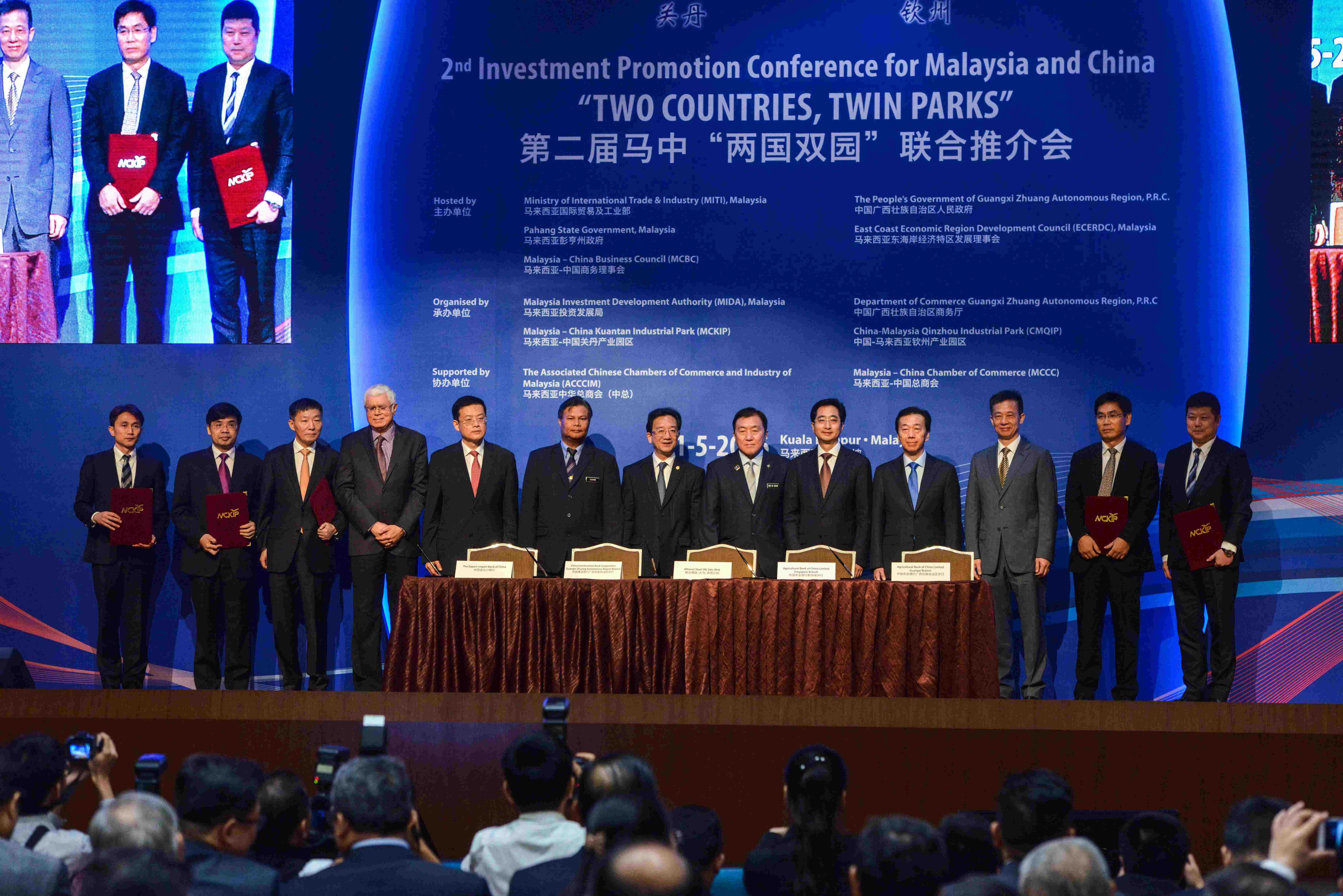
The second investment promotion conference for the twin industrial parks in China and Malaysia is held in Kuala Lumpur, Malaysia, on May 31, 2016. /MOFA Photo
The second investment promotion conference for the twin industrial parks in China and Malaysia is held in Kuala Lumpur, Malaysia, on May 31, 2016. /MOFA Photo
Chinese companies’ opportunities and challenges
Chinese President Xi Jinping in a symposium last August encouraged domestic companies to invest in Belt and Road countries, where privileged policies afford opportunities. However, the main challenge is the unbalanced economic development of the countries – their different degrees of opening and different import-export trade and political situations.
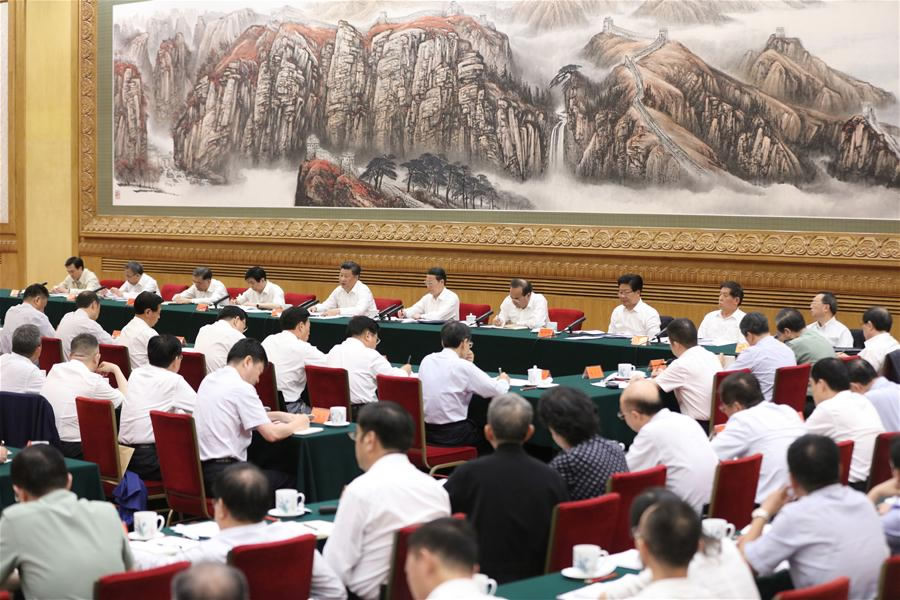
Chinese President Xi Jinping delivers a speech during a symposium on the Belt and Road Initiative in Beijing, on August 17, 2016. /Xinhua Photo
Chinese President Xi Jinping delivers a speech during a symposium on the Belt and Road Initiative in Beijing, on August 17, 2016. /Xinhua Photo
Western media frequently question China’s industrial capacity cooperation, claiming that China is trying to dump its excess capacity with countries along the routes. However, its production capacity transfer to other economies is a natural progress in line with laws of economics.
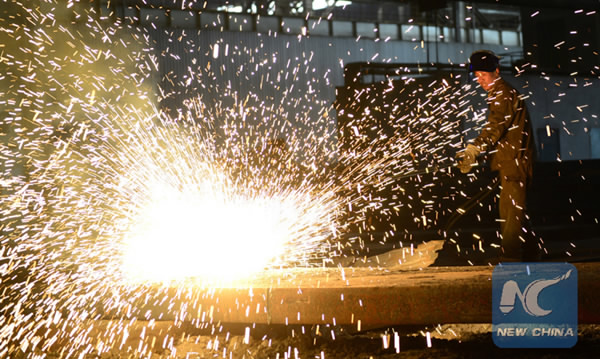
A factory worker makes steel. /Xinhua Photo
A factory worker makes steel. /Xinhua Photo
There is perfect complementation between Belt and Road countries and China. The countries pursue industrialization and modernization and create new demand of capacity, while China carries out “going abroad” strategy for the sake of enormous accumulated capacity. The rebalance between the demand and supply of capacity helps stabilize the world economy.
Finally, most of the Belt and Road countries have been left far behind in the development of economic globalization flourishing along the world’s ocean lanes. The strengthening ties between China and these countries are beneficial to further economic globalization all across the land, especially within Eurasia.


